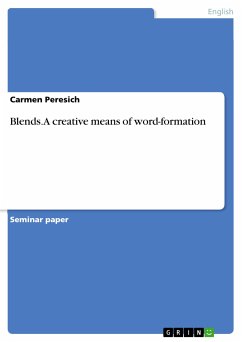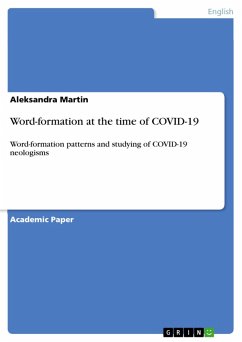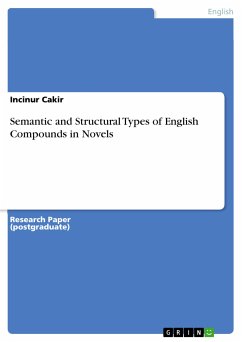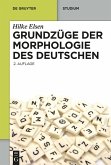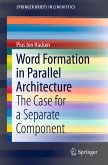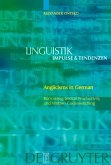Seminar paper from the year 2014 in the subject English Language and Literature Studies - Linguistics, grade: 1, Klagenfurt University (Institut für Anglistik und Amerikanistik), course: Topics in Linguistics: Syntax and Morphology, language: English, abstract: Blending is anything but a new phenomenon in the English language. This is proven by the fact that the word brunch, which is one of the most widely known blends, was first recorded in 1896 - more than 100 years ago (Quinion 2014). However, only over the last couple of decades has blending become a very popular word-formation process. Today, in the English lexicon a large number of blends can be found which are no longer recognized as such since they have been in everyday use for quite a long time (Katamba 1994: 184). This can be explained by the fact that blends tend to be abbreviations in the beginning and, due to their word-like appearance, are lexicalized over time (Hadziahmetovic-Jurida 2006: 283). Although blending plays a significant role in terms of word-formation, it is hardly mentioned in monographs focusing on this particular aspect of morphology. This paper aims to explore the rules that determine the creation of blends as well as to have a closer look on two ways of categorizing them.
Dieser Download kann aus rechtlichen Gründen nur mit Rechnungsadresse in A, B, BG, CY, CZ, D, DK, EW, E, FIN, F, GR, HR, H, IRL, I, LT, L, LR, M, NL, PL, P, R, S, SLO, SK ausgeliefert werden.

